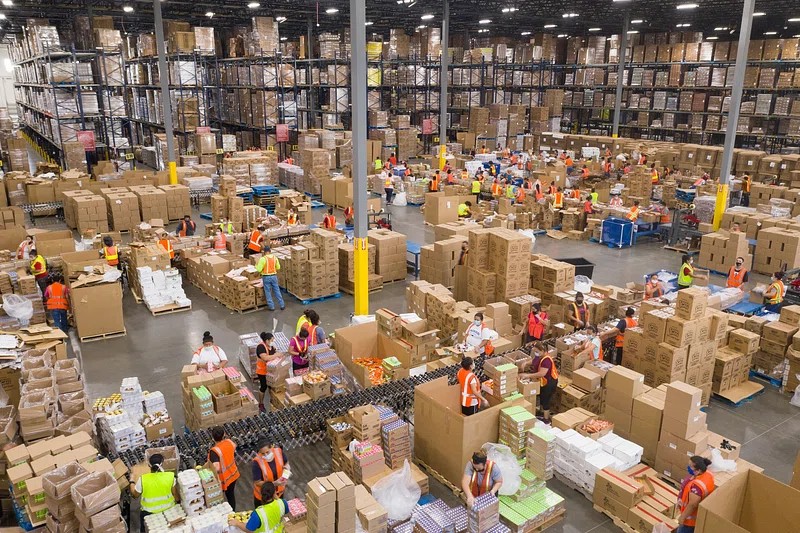Packaging is one of the most important sectors comprising almost 40 percent of the total plastic demand.
It’s essential to consider the probable environmental and health outcomes of compounds used in food packaging.
Monitoring their concentrations in both virgin and Post-Consumer Recycled (PCR) polymers by the U.S. Food & Drug Administration and other authorities have set guidelines for manufacturers to test and ensure the safety of recycled plastics used in food packaging.
Food Packaging
In 2018, the U.S. Environmental Protection Agency reported that the United States, formed 14.5 million tons of packaging and plastic containers. The proportion of this that is being recycled has stayed the same or has declined over the past few years.
Currently, plastic waste resulting from both food and non-food applications isn’t set apart. Moreover, there’s potential for small concentrations of non-food grade materials to be unintentionally mix in single source reclamation streams.
Furthermore, researchers contend that this requires more research on both the presence of chemicals and their potential harm if these materials are to be used for direct food contact.
Research on Harmful Additives in Plastics
Scientists identified 61 different compounds in virgin and PCR polyolefin samples grouped as hydrocarbons, aldehydes, alcohols, phthalates, carboxylic acids, per-and polyfluoroalkyl substances (PFAS), ketones and amines. Overall, nine substances were detected in the virgin polyethylene samples, while 52 components were detected in the recycled polyolefin samples.
The detection of hydrocarbons, polycyclic aromatic hydrocarbons (PAHs), and other potentially harmful substances in recycled polyolefins raises concerns about exposure to these compounds during the use and disposal of plastic food contact products.
Researchers at the Iowa State University Polymer and Food Protection Consortium highlight the necessity of monitoring NIAS and aligning them with regulations to limit the use of potentially harmful additives in plastics.
The Importance of Starting Effective Regulatory Measures
The researchers stress the importance of starting effective regulatory measures and monitoring to reduce the use of potentially harmful additives in plastic manufacturing. They also want to ensure the safe recycling and disposal of plastic waste.
According to the authors,
“Overall, the presence of these compounds in polyolefins emphasizes the need for better understanding of the potential risks associated with the production, use, and disposal of plastic products.”
The study titled, “Understanding intentionally and non-intentionally added substances and associated threshold of toxicological concern in post-consumer polyolefin for use as food packaging materials,” is available at Cell Symposia.